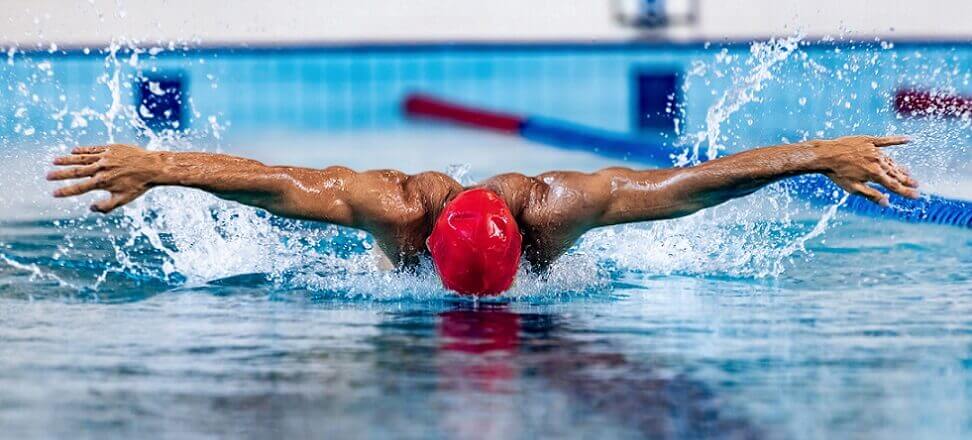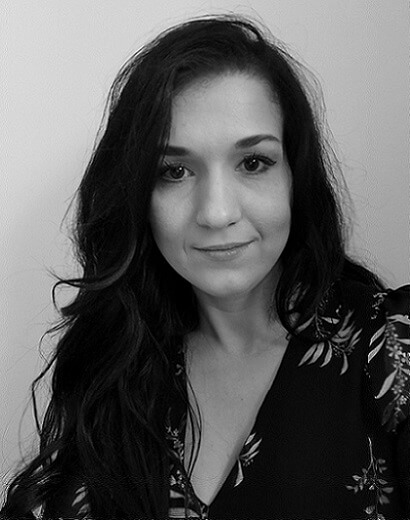The Paris Olympics are less than four months away, so all preparations are entering a decisive phase. The Saint-Denis Olympic Pool was officially inaugurated on Thursday, April 4, with the participation of French President Emmanuel Macron and Tony Estanguet, chairman of the Olympic organizing committee. The facility is much more than just a place to compete. Its importance goes beyond the sporting aspects, becoming an affirmation of the commitment to environmental protection and sustainable development. This innovative project incorporates advanced environmentally friendly technologies while demonstrating how much of a role modern sports facilities can play in protecting the environment, becoming an example for future investments. How was the Olympic Aquatic Center in Paris designed to be a precursor?
A few words about the facility
The Olympic Aquatic Center(CAO) was built in the city of Saint-Denis as the only sports infrastructure built to host the Olympic and Paralympic Games. The unique design of this facility was created for a variety of uses. Olympic competitions will include water ball, diving and synchronized swimming. It will then function as a training center during the Paralympic Games, and afterwards will be transformed into a venue for sports and recreational events for the local community.
The facility features a 70-meter swimming pool with multiple configurations, additional pools including diving, a 5,000-ft. seating and a temporary 50-meter-long outdoor swimming pool. The huge space on the second level has been flexibly designed to serve as a venue for additional sports activities, while retaining the ability to easily install temporary seating during important competitions. The CAO will be able to hold not only the 20 competitions planned for each year, but also presentations, business workshops, local and supra-local events and training camps. In addition, an annual Sports Olympics will be held for students in June.
Architecture based on ecology
The Olympic Aquatic Center has become a symbol of innovation and commitment to environmental protection since its announcement. In designing this facility, ecological solutions played a key role, aiming to minimize its environmental impact and promote sustainable development.
Wooden construction
As a renewable material, wood is the building block of the building’s main structure, including an impressive suspended roof that reduces the height of the structure. This reduced the volume of air needed to air condition it for the next 50 years.
Energy efficiency and solar roofs
Energy consumption is a key challenge for swimming pool facilities, mainly due to the water treatment process and high temperature requirements. The Aquatic Center was designed with energy efficiency in mind – 90 percent. needs in this regard will be covered by renewable or reclaimed sources. The rooftop photovoltaic panels are one of the largest installations of their kind in France, supplying 25 percent of the country’s electricity. energy needed. This quantitatively equates to the annual electricity consumption of 200 households.
Water savings
Saving water is another key aspect of the project. Thanks to an effective management system, the facility will significantly reduce its fresh water consumption, reuse 50 percent. used and will provide enough clean for all other needs.
Upcycling and use of recycled materials
Upcycling and the use of recycled materials are an integral part of the project. The furniture in the restaurants, bars and other accessible spaces was made from wood waste from construction and demolition sites, while the chairs in the stands were made from 100 percent of the wood. From recycled plastic collected, among other things. In schools in Saint-Denis. This approach not only reduces waste, but also promotes a culture of recycling among the local community.
Green landscape
The greenery surrounding the Paris Aquatic Center plays a key role not only in terms of aesthetics and integration into the urban landscape, but more importantly in terms of sustainability and creating better ecological conditions for the local community. Vegetation acts as a green lung, improving air quality and helping to reduce the urban heat island effect. The green areas around the building are designed to create recreational spaces for residents and visitors, promoting healthy lifestyles and outdoor activities.
Paris Olympics combines passion for sports with concern for the planet
Built specifically for the Paris Olympics, the Aquatic Center is an example of how sustainable design and architectural innovation can work together to create not only a world-class sports facility, but also a foundation for community development and environmental responsibility. The project not only raises the bar for future Games organizers, but also becomes a symbol of the possibility of global sports events and environmental protection coexisting.

 Polski
Polski






